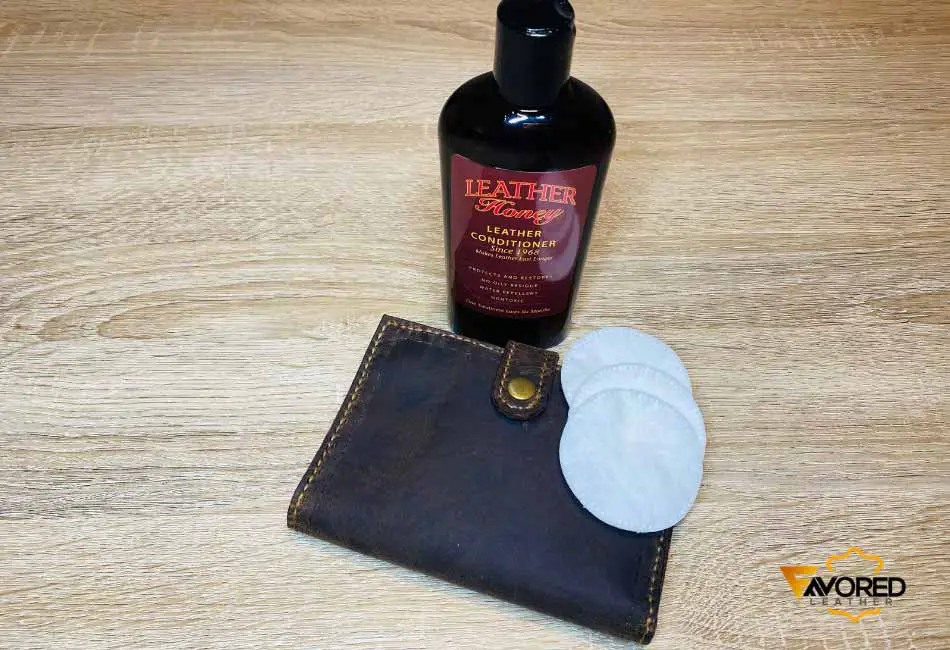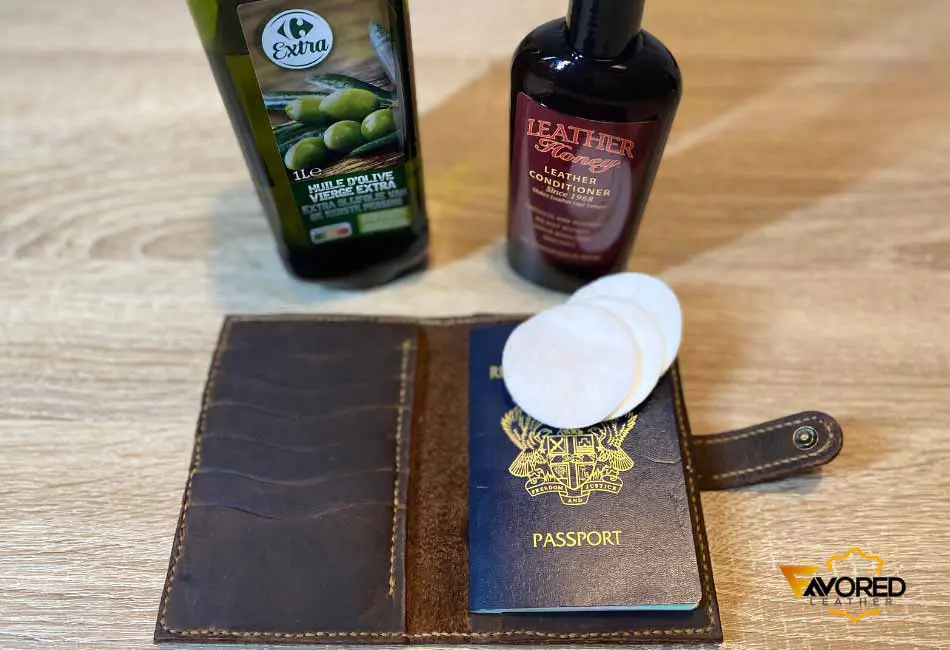If you’re looking for tough, durable leather, buffalo hide is a great option. But because it’s so thick, making it soft and flexible can be challenging.
In this blog post, I will share some tips on softening buffalo leather, so it’s more pliable and more comfortable to wear or break in.
Why is it Important To Soften Buffalo Leather?
Buffalo leather is a highly sought-after material for making shoes, bags, and other leather goods.
While its thickness and durability make it an attractive choice for many items, it can be a bit rigid, especially when it’s new.
The structure of buffalo leather fibers is denser and stiffer than more common materials such as cowhide, making it rigid and hard to work with until softened.
This is why softening is sometimes important when it comes to using buffalo leather.
Not only does softening add suppleness and flexibility to the material, but it also gives greater control over how it’s used to create products or by the end-user.
Furthermore, when you soften buffalo leather through gentle manipulation, you can give your products a beautiful natural finish that stands out.
How To Soften Buffalo Leather
Softening buffalo leather is an important part of preserving its durability and protecting it from damage. Thankfully, there are simple yet effective at-home methods to do this without spending a lot of money.
- By Regular Usage
- Using a Leather Conditioner
- Using Leather Oil
- Using Heat and Humidity
- Dampening the Leather
Let’s take a look at these methods in more detail.
1. By Regular Usage
The easiest way to soften buffalo leather is through regular usage. This means simply wearing it, holding it, or flexing it regularly over a period of time.
This can take anywhere between a few days to a few months, depending on the type of buffalo leather you have and how often you use it.
For quick results, use buffalo leather as often as possible to break in the material and give it a soft, flexible finish.
When you start out this process, it can be particularly tough to wear or break in, so take it slow and adjust the amount of usage to what you’re comfortable with.
2. Using a Leather Conditioner

Leather conditioners are products specially designed to soften leather by infusing them with natural oils and waxes that help keep the fibers conditioned.
When applying these, make sure to use them as sparingly as possible, as they can darken the buffalo leather.
Allow the conditioner to soak in for a few minutes before buffing it off with a soft, dry cloth.
This should help make your buffalo leather softer and more flexible without damaging its natural look.
There are instances where I have seen leather become sticky from the conditioner, so be sure to test in a small area first and adjust accordingly.
3. Using Leather Oil
Leather oil is another effective way to soften buffalo leather. The leather oil method works a lot faster than regular usage or using a conditioner.
However, this can result in darkening the leather if not used in moderation, so it’s important to be careful and test a small section first.
Leather oils such as mink oil, neatsfoot oil, or lanolin are all suitable for softening buffalo leather.
Apply the leather oil to a clean cloth and rub it gently into the leather in circular motions.
Allow it to soak in for a few minutes before wiping off any excess with a dry clean cloth.
This should soften up the Buffalo leather, making it more pliable and comfortable to use.
4. Using Heat and Humidity
Another simple yet effective way of softening buffalo leather is through the use of heat and humidity.
This method involves placing the item in a warm, humid area such as a bathroom with running hot water or near a radiator.
Leave it there for 10-15 minutes before taking it out to cool down, which should soften up the fibers and make them more pliable.
Be sure to check the temperature of the room regularly and adjust accordingly, as too much humidity or heat can damage the leather.
Also, you want to make sure that you are only exposing the leather to heat and humidity for short periods of time, as prolonged exposure can also damage the material.
5. Dampening the Leather
Dampening the leather is another effective way to soften buffalo leather.
This method involves wetting down a clean cloth and wiping it over the material.
This will make the fibers swell up, thus making them softer and more pliable when used.
Yes, use! That’s the difficult part.
Dampening the buffalo leather and then using it for about an hour can help break in the material faster.
After a few repetitions of this technique, you should start seeing some good results.
Again, when dampening the leather, make sure not to overdo it or leave the material wet for too long, as this can damage it.
If possible, avoid getting water directly onto the leather and instead use a damp cloth.
Repeat this a few times a day, and always allow the leather to air-dry.
How Long Does It Take To Soften Buffalo Leather?
It all depends on the initial condition of the leather and how much you are using it.
If you are regularly breaking in your Buffalo leather with these methods, it should only take a few days to achieve softness.
However, if it has been left neglected for some time, then it may take longer to break in.
It also depends on the method you use and the amount of time you spend working on it.
Generally, using leather oil and conditioner will be a lot faster than using heat and humidity.
Ultimately, the more you use the leather and the longer you work on it using these methods, the softer your buffalo leather will become.
When done correctly, buffalo leather can last for many years without needing much care or attention.
Final Thoughts
To conclude, there are a few different ways to soften buffalo leather, such as regularly using the item, applying conditioner, using oils, heat, and humidity.
It’s important to test these techniques out on small sections of the material first before going all in, as it can be easy to damage the leather if done incorrectly.
Whichever method you choose, make sure to give the leather plenty of time to adjust and break in, as this will ultimately lead to better results.
By following the above-mentioned tips, you should be able to quickly and effectively break in your buffalo leather so it is soft and comfortable for all your buffalo leather needs.
FAQs
Q: How often should I condition my buffalo leather?
A: It’s best to condition your buffalo leather at least once every two to three months, depending on how often it is being used and the type of buffalo leather item it is. A good rule of thumb is to condition the leather every time you clean it with a leather cleaner.
Q: Is it possible to over-condition buffalo leather?
A: Yes, you can definitely over-condition buffalo leather. Over-conditioning can lead to the leather becoming extremely darker or even discolored. When conditioning, always use a light hand and don’t over-saturate the leather with the product.
Q: What is the best way to break in buffalo leather?
A: The best way to break in buffalo leather is to use a combination of methods, including using the item regularly, applying conditioner, using oils, heat, and humidity.
It’s important to test these techniques out on small sections of the material before going all in, as it can be easy to damage the leather if done incorrectly.

